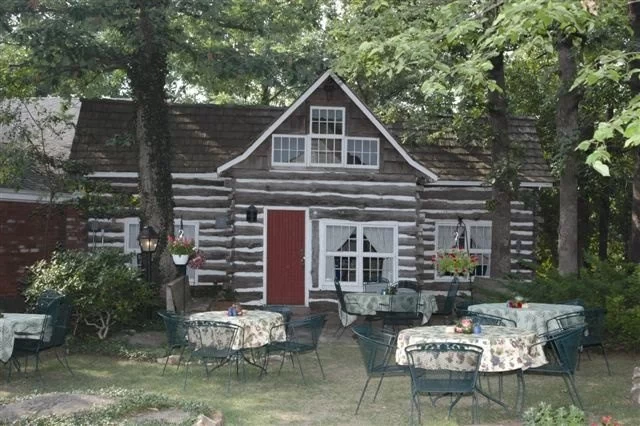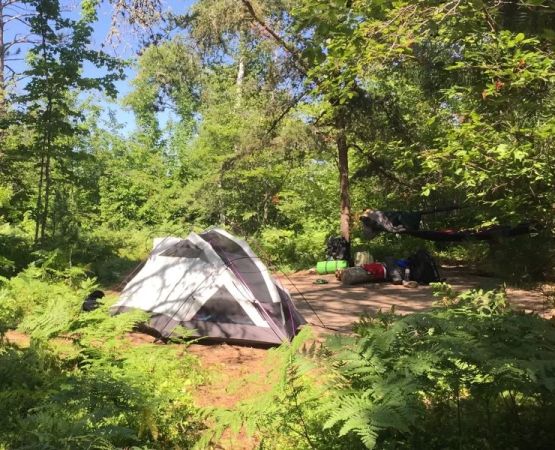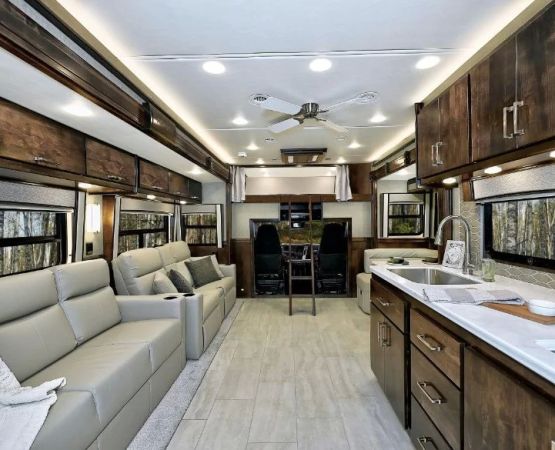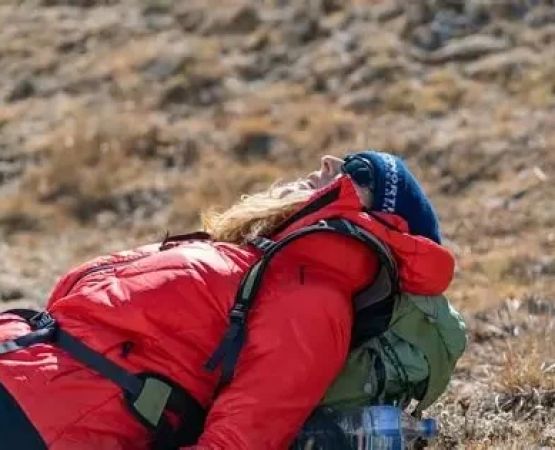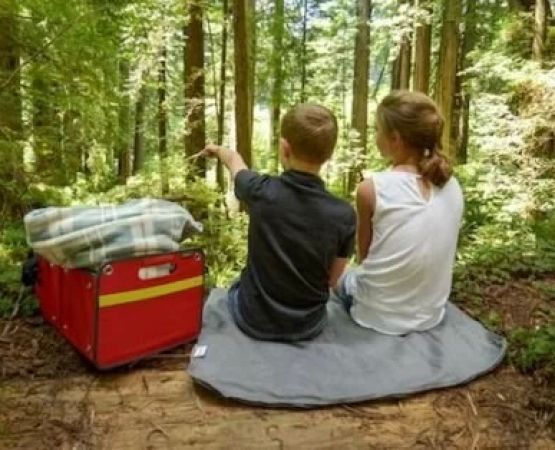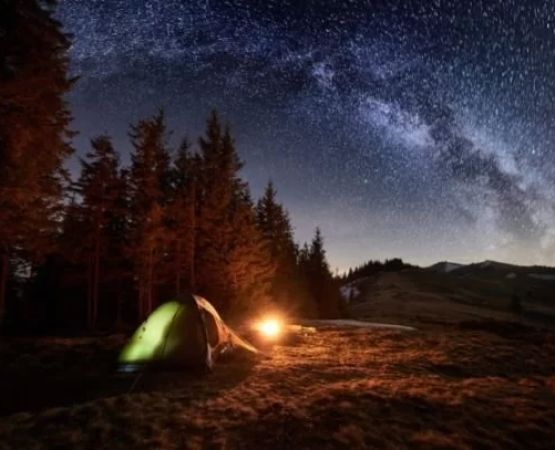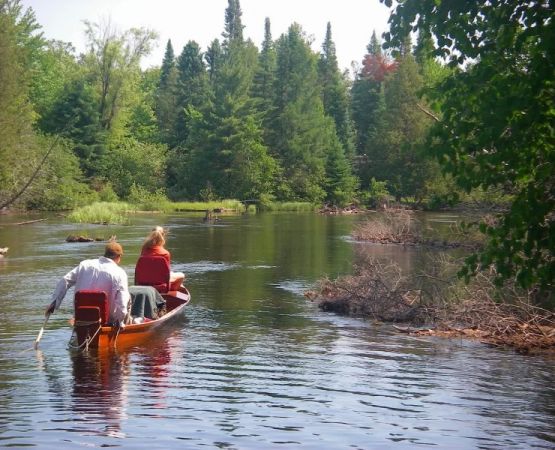- How-to-Camp-in-Remote-Alaska-Without-Overspending
- Understanding-the-Costs-of-Remote-Alaska-Travel
- Budget-Friendly-Camping-Gear-and-Preparation
- Smart-Food-and-Supply-Strategies
- Real-Stories-from-Alaska-Campers
- Affordable-Services-and-Support-Options
How to Camp in Remote Alaska Without Overspending
Alaska’s wilderness is legendary—towering mountains, pristine lakes, and wildlife encounters that feel straight out of a documentary. But planning a trip to camp in remote Alaska often raises one big question: how to experience the adventure without overspending? With some preparation, creativity, and the right resources, it’s possible to enjoy the great outdoors while keeping costs manageable. The key lies in smart planning and knowing where to save without sacrificing safety and comfort.
Understanding the Costs of Remote Alaska Travel
Remote camping in Alaska comes with unique expenses—transportation, specialized gear, and food supplies can quickly add up. Chartering small planes or boats to reach untouched areas is one of the largest costs, and fuel prices in Alaska are higher than in many parts of the U.S. Even basic items like insect repellent and cooking fuel are more expensive in remote towns. Recognizing these realities helps campers prepare realistic budgets and avoid surprises during their trip.
Budget-Friendly Camping Gear and Preparation
Investing in quality gear is important, but it doesn’t always mean buying the most expensive option. Many experienced campers recommend borrowing or renting equipment like bear-proof food containers, cold-weather sleeping bags, or satellite phones. Preparing at home before arriving in Alaska also saves money—purchasing essential items in larger U.S. cities often costs less than buying them locally. Taking care of gear between trips ensures it lasts longer, reducing expenses in the long run.
Smart Food and Supply Strategies
Food planning is another critical factor. Pre-packing lightweight, calorie-dense meals can cut costs significantly. Freeze-dried meals, oatmeal packets, and trail mixes provide energy without weighing down your pack. Carrying a small water filtration system eliminates the need to buy bottled water in remote areas. Some campers even arrange bulk food shipments to rural towns, reducing per-meal costs compared to buying on arrival. These strategies keep campers fueled and comfortable while saving money on every trip.
Real Stories from Alaska Campers
One traveler, Ben from Oregon, shared how he managed a two-week camping trip in the Brooks Range on just $1,200 by carefully planning food supplies and renting gear instead of purchasing. Another couple from Minnesota posted on a travel forum about how joining forces with other campers helped them split boat transport costs, making an otherwise expensive route affordable. These real-life examples prove that smart decisions can transform what seems like an expensive dream into an achievable adventure.
Affordable Services and Support Options
For those who want to explore Alaska’s remote beauty without financial stress, choosing the right support services makes all the difference. At Pine Cliff Resort, you can find curated packages, gear recommendations, and services that help travelers save while ensuring safety and comfort. Whether you’re looking for budget-friendly lodging before heading into the wild or expert advice on affordable equipment, the right guidance makes camping in Alaska both enjoyable and economical.

